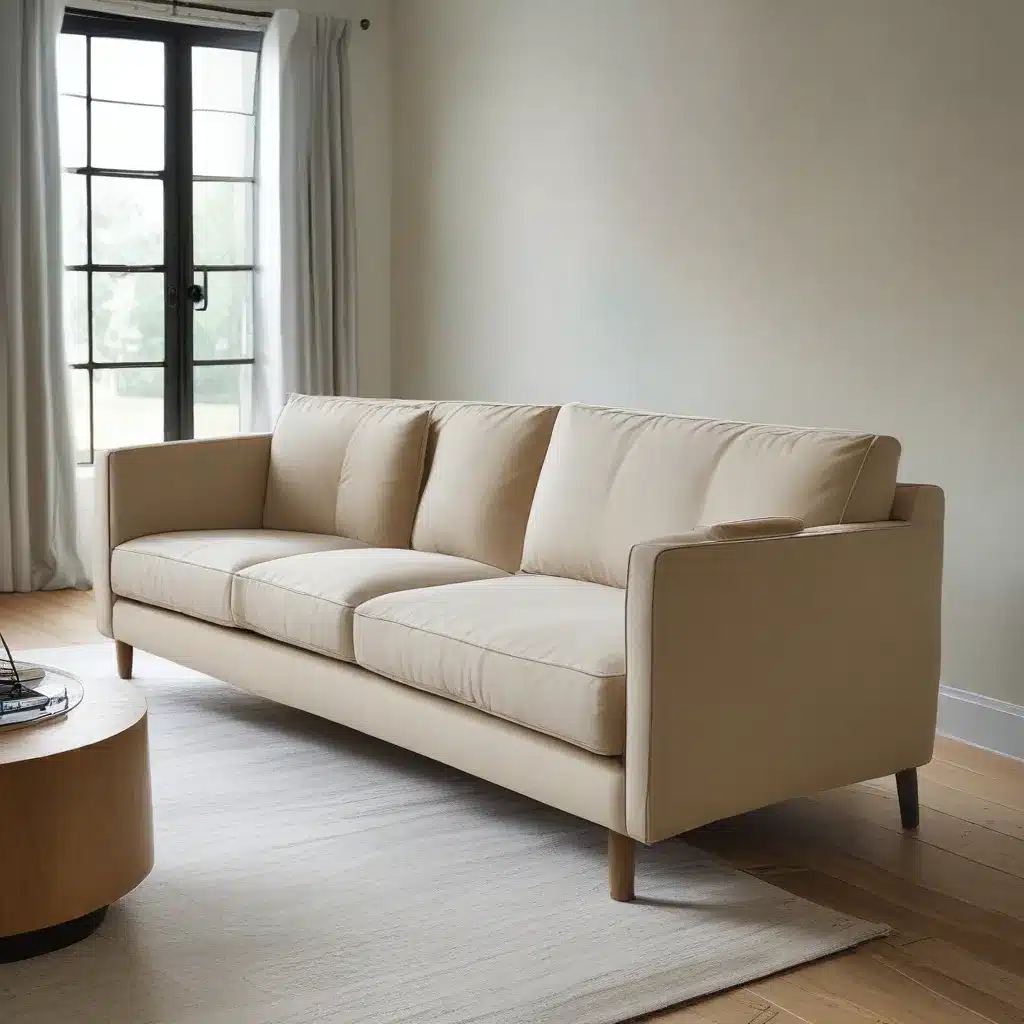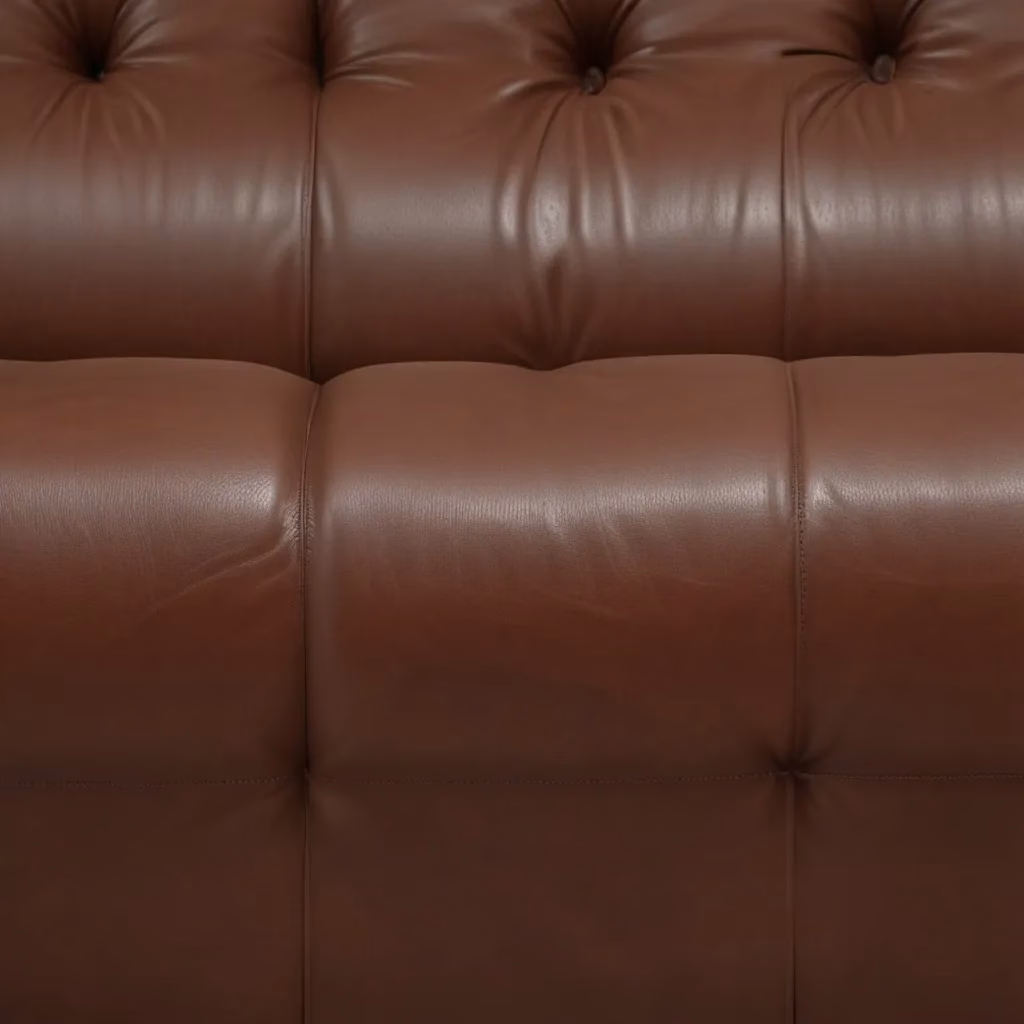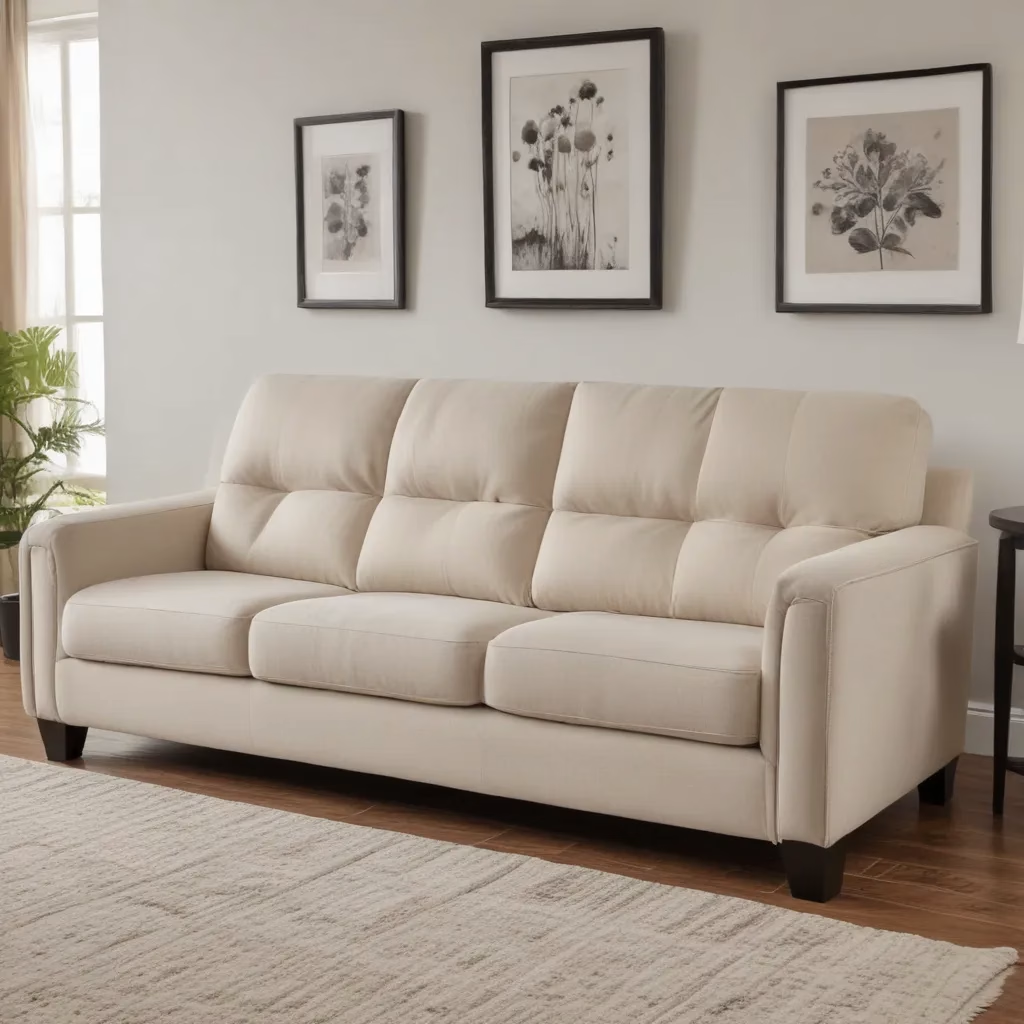The Hunt for Harmonious Proportions
Have you ever walked into a room and felt like something was just… off? Maybe the sofa looked too big, dwarfing the cozy armchair next to it. Or perhaps the loveseat seemed lost against the expansive wall, leaving the space feeling empty and unbalanced. Achieving the perfect sofa size for your living room can feel like a delicate dance, with the potential to make or break the entire design.
As an interior design enthusiast, I’ve been on a mission to crack the code of sofa scaling. It’s a challenge that goes beyond simply measuring the room and choosing the largest couch that will fit. No, there’s an art to it – a dance of proportions that can transform a space from feeling cramped and claustrophobic to open, inviting, and perfectly in sync.
And let me tell you, I’ve had my fair share of sofa-sizing mishaps over the years. Like the time I fell in love with a gorgeous, oversize sectional, only to realize it turned my living room into a cramped and cluttered obstacle course. Or when I opted for a dainty loveseat, only to have it look hopelessly lost against the expansive wall behind it. Talk about a design dilemma!
But fear not, my fellow sofa-seekers. I’ve done the research, consulted the experts, and I’m here to share the secrets of choosing the right sofa size for your space. Get ready to bid farewell to those awkward, out-of-proportion seating arrangements and hello to a living room that looks like it was plucked straight from the pages of a magazine.
Mastering the Art of Sofa Scaling
So, where do we start on this journey to sofa perfection? Well, according to the experts, it all comes down to one crucial factor: proportion.
As the team at Homes & Gardens advises, “Correct sofa scaling is an imperative for a successful interior design.” And it’s not just about the length of the sofa – the depth and height also play a crucial role in creating a harmonious look and feel.
One of the golden rules they share is the two-thirds guideline: aim to have your sofa take up about two-thirds of the length of the wall it’s positioned against. This helps to ensure the piece doesn’t look too overwhelming or out of place.
Of course, as with many design principles, there’s a bit of flexibility. Hedayat from Jam By Hedayat explains, “If the extra seating space isn’t required, there’s the option to go a little above two-thirds of the wall length with the larger sofa size.”
But it’s not just about the length – the depth of the sofa is just as important. As Homes & Gardens Editor in Chief Lucy Searle warns, “The largest standard size sofa in a style that gives it a depth of 40 inches around 101cm might prove overly imposing without a generous room to occupy.”
In other words, it’s not just about finding a sofa that fits the length of your wall – you also need to consider how it will fit in terms of depth and overall proportions. A sofa that’s too deep can easily overwhelm a space, making it feel cramped and cluttered.
Striking the Perfect Balance
But the dance of sofa proportions doesn’t stop there. Oh no, my friends – there are a few more key factors to consider.
For starters, the shape of the sofa can have a significant impact on how it fits within a room. As BIID registered interior designer Amanda Meade explains, “If the room has a low ceiling, opt for a sofa with a lower back to keep the design in proportion to the room’s height.”
And let’s not forget about the arms. As Amanda Meade points out, “Bulky arms can often obscure the flow in a room. Pay particular attention to how the sofa’s arms will affect sight lines through the space.”
But it’s not just about the physical dimensions – the color of your sofa can also play a role in how it fits within the room. As BIID registered interior designer Caitlin Miller explains, “The color you choose for the sofa will influence how commanding it appears in the room, so consider its hue in these terms as well as thinking about it as part of the space’s overall color scheme.”
So, in essence, it’s a delicate dance of length, depth, shape, and color – all working in harmony to create a sofa that feels like it was made for the space. And let me tell you, when you get it right, it’s a beautiful thing to behold.
Putting It All Together
Now that we’ve covered the key principles of sofa scaling, let’s put them into practice. Imagine you’re in the market for a new sofa for your living room. Where do you start?
Well, first things first, you’ll want to measure your space. As the experts at Jarrolds advise, “Measure the available space in your room, including the length of the wall you want to place the sofa against, and the depth of the space.”
Armed with those measurements, you can start exploring your options. Remember, the goal is to find a sofa that takes up about two-thirds of the wall length, with a depth that won’t overwhelm the space. And don’t forget to consider the shape and color, too – they can make a big difference in how the sofa fits with the rest of your decor.
Of course, if you’re feeling a bit lost or want a truly custom solution, you could always explore the option of a bespoke sofa. As the team at Homes & Gardens points out, “You can commission precisely the length of design you prefer.”
And let me tell you, a custom sofa from a company like Sofas Spectacular can be a game-changer. Not only can you get the perfect size and shape, but you can also choose from a wide range of fabrics and finishes to ensure it seamlessly integrates with your existing decor.
So, there you have it – the secrets to choosing the right sofa size for your living space. It may take a bit of trial and error, but trust me, the payoff is worth it. Just imagine how amazing it will feel to walk into a room and know that every inch of that sofa was perfectly, harmoniously proportioned.




